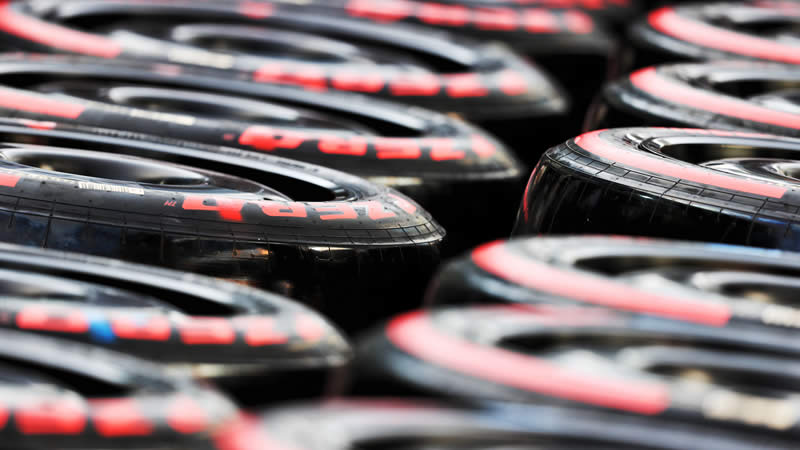Pirelli, the Italian tyre manufacturer for Formula 1, has expressed optimism that the decision to retain tyre blankets in the sport will significantly aid in the development of improved racing tyres for 2025. This move comes as the company intensifies efforts to address the issue of thermal degradation, which has been more pronounced this year and is seen as detrimental to racing quality.
Senior figures in the F1 paddock have identified the overheating of tyres as a major obstacle to competitive racing, as it hinders drivers’ ability to aggressively challenge for positions. This issue was a key topic at the recent F1 Commission meeting, where the focus was placed on enhancing tyre raceability.
The decision to abandon the planned ban on tyre blankets for 2025 simplifies Pirelli’s task. Without the ban, Pirelli can now concentrate solely on resolving the overheating issue instead of having to develop tyres that also accommodate the absence of blankets.
Pirelli’s F1 chief engineer, Simone Berra, highlighted that this clarity allows for a more focused testing program aimed at producing new compound generations. The main objective is to reduce the overheating effect while continuing to improve the structural reliability of the tyres.
Berra mentioned that the initial step involves analyzing the 2023 data to understand the reasons behind the increased overheating this year. This analysis will guide the development of compounds that can minimize this issue, aiming for tyres that allow drivers to push their limits without worrying about temperature management.
Although some have suggested that the tyre construction, particularly in the shoulder area, contributes to overheating, Berra believes the problem largely lies in the compound choices. He emphasized the need to work on both the compound and the structure of the tyres, as a joint approach is crucial for addressing the overheating challenge effectively.


